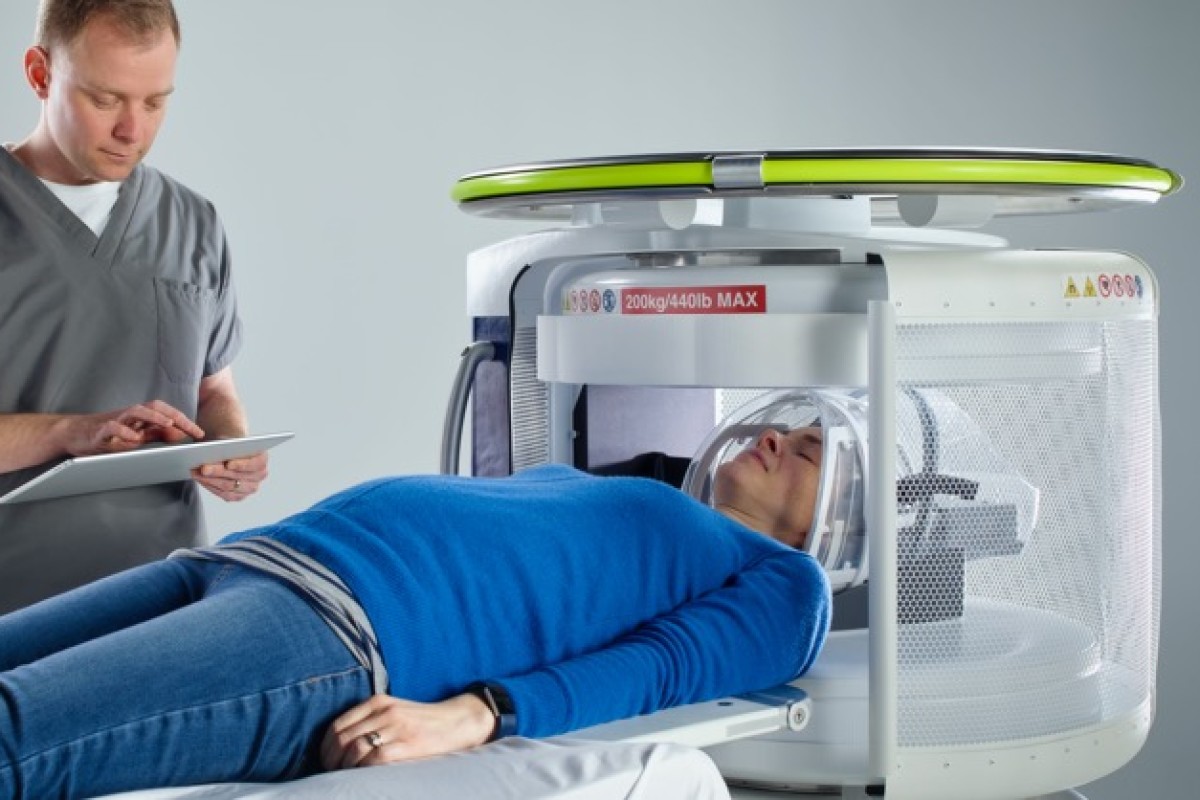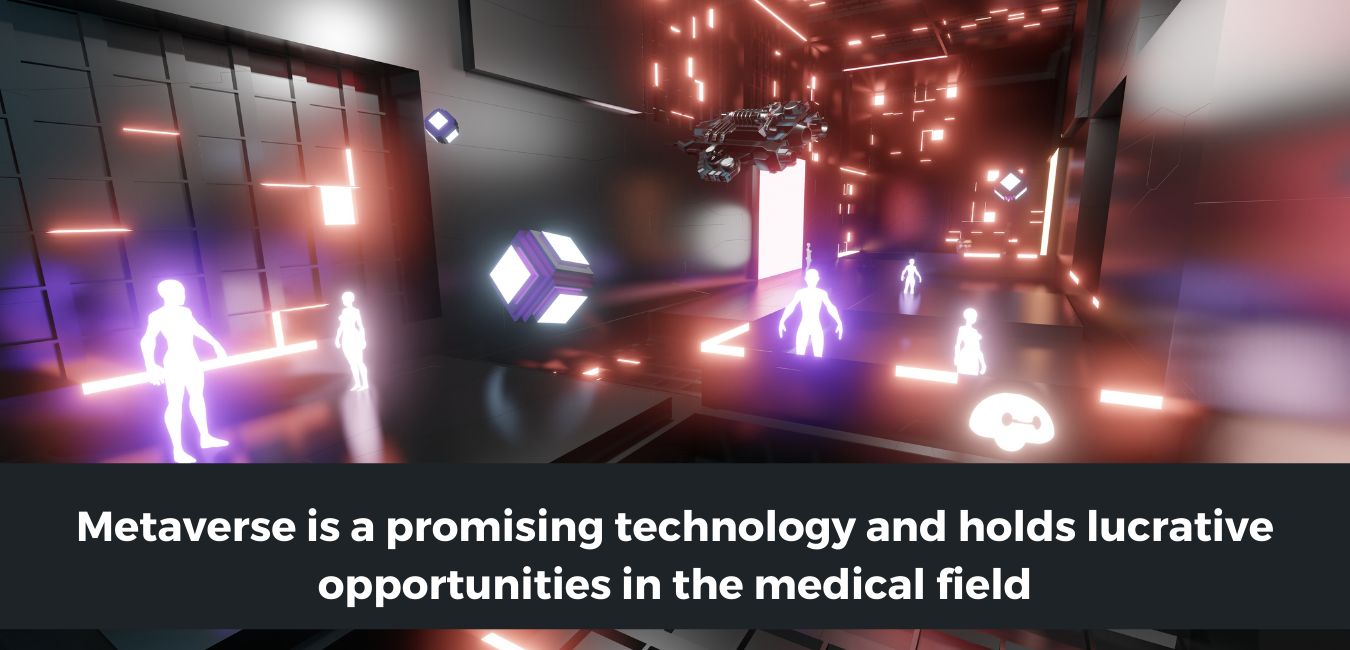Portable MRI Scanner: A Revolution in the Clinical and Medical Industry

“Traditional MRI units are immobile behemoths containing massive, heavy magnets made of super-conducting material that require super-cooling with liquid nitrogen or helium. MRI is unparalleled as an imaging technology for detecting disease or damage to the brain and central nervous system, but traditional MRI units are immobile behemoths containing large, heavy magnets made of super-conducting material that require super-cooling with liquid nitrogen or helium.”
Medical imaging has come a long way, overcoming many challenges along the way. Since Wilhelm Röntgen's Nobel Prize in 1901 for his contributions to physics and the invention of X-rays, radiology and imaging technology have evolved into a sophisticated and necessary part of modern medicine. Various imaging techniques, such as Computerized Tomography (CT) scans, Ultrasound, and Magnetic Resonance Imaging (MRI), add nuanced value to the practise of healthcare today (MRI).
The magnetic resonance imaging (MRI) is a relatively new imaging technique that uses powerful magnets to create accurate anatomical images. As compared to CT scans and simple radiographs, MRI images show superior soft-tissue contrast, making it the perfect inspection of the head, spine, joints, and other soft tissue body parts. However, MRI scans take longer to obtain than CT scans and cannot be carried around like portable X-rays.
More specifically, the FDA explains the dangers of MRI technology's strong magnetic field: "Patients with implanted medical devices should not undergo an MRI exam unless the implanted medical device has been positively confirmed as MR Safe or MR Conditional." In all MR conditions, an MR Safe system is nonmagnetic, contains no metal, does not conduct electricity, and poses no known hazards. An MR Conditional computer can only be used safely in an MR setting that meets its safe usage conditions. Any system with an MRI safety status that is unknown should be considered MR Unsafe.”
Beyond human healthcare, portable MRI systems have a wide range of applications.
MR imaging has a wide range of applications in the field, including both inorganic and organic compounds. The most popular application is probably routine chemical analysis, but the NMR technique can also be used to measure the water-fat ratio in food, monitor the flow of corrosive fluids in pipes, or analyse the complex material structures of molecules, such as catalysts.
Human radiology facilities are no longer the only ones that use magnetic resonance imaging. We all know that technology has the ability to reduce the inequity and barriers that keep everyone from having access to healthcare. The emerging economies are usually under a lot of pressure. Many citizens in Southeast Asia, Latin America, the Middle East, and Africa are affected. Technology is a powerful tool. For many people and countries, healthcare innovation is a dream come true. It entails dismantling barriers of expense, time, place, and accessibility. Universal health care can become a reality by embracing technology and how it democratises access. That is a significant step toward a brighter future. The Fourth Industrial Revolution (Industry 4.0), an age of rapid prototyping and artificial intelligence, has made technological tools in healthcare more available.
Project that is more efficient
The portable MRI scanner developed by the team is based on four main design principles. First, rather than a full-body device, a dedicated brain scanner with a small-diameter bore that fits around the head can be developed, reducing the scanner's size and cost. A permanent magnet made up of an array of neodymium (NdFeB) rare-earth magnets generates an 80 mT static field, which is at the centre of the scanner. The permanent magnet does not need external power or cryogenic cooling, unlike the bulky superconducting magnets used in traditional MRI systems or previously used electromagnets.
A transverse field inside the magnet and a zero field outside the magnet are generated by arranging the magnet segments in an optimised Halbach cylinder configuration. This inherent self-shielding makes it suitable for portable applications where stray fields could be dangerous.
Proof-of-concept
The prototype scanner weighs about 230 kg, including the 122-kg magnet, coils, amplifiers, console, and cart. The team estimates that replacing the general-purpose console, amplifiers, and cart with custom lightweight designs will reduce the weight to about 160 kg. Since there are no refrigeration systems for a superconducting magnet, the scanner's power requirements are minimal, allowing it to be powered from a regular outlet.
Cooley and colleagues recorded MR images from three healthy volunteers using their prototype scanner.
Portable MRI Bedside Imaging Holds Tremendous Potential as a Diagnostic Tool for COVID Times
The Portable MRI Bedside Imaging holds vast potential as a diagnostic tool, especially during the pandemic.
The pandemic of 2020, for example, has emphatically reiterated the need for both patients and physicians to receive accurate medical results quickly. For example, the introduction of rapid antigen testing for COVID-19 is altering how we treat the disease and prevent its spread.
But what if we had the ability to think bigger? What if one of the most useful diagnostic instruments in health care could be wheeled to your emergency room bedside instead of requiring you to be physically transported to another wing—or perhaps a different building entirely—in order to be used?
Magnetic resonance imaging (MRI) has been used to produce accurate anatomical images of organs and structures within the body for decades. Now, advances in radiology imaging technology have allowed the industry to produce smaller low-magnetic-field MRIs that can be used in the clinic—basically, the first compact versions of this technology. Bedside imaging could open up new possibilities for emergency physicians like me. More research is needed on this revolutionary product, but the early findings are promising—enough that doctors and hospitals may begin to consider how they could use a portable MRI — and a few have already put such units to limited use.
Traditional MRI machines are much more costly, and they use solid, heavy magnets that must be supercooled with liquid nitrogen or helium, necessitating the use of copper-shielded bunker-style rooms. They use 35 times the amount of energy as a portable MRI scanner. The narrow scanning tubes can be prohibitive for some patients with claustrophobia (though open MRIs are also used), and the strong magnetic field produced means that some patients with passive metal in their bodies—rods, screws, plates, bullets, and so on—cannot undergo scans at all.
Major Market Highlights
- Tata Trusts, the philanthropic arm of the Tata group, has introduced a portable MRI scanner made in India that it says would help bring healthcare diagnostic facilities to remote villages where they are otherwise unavailable. VoxelGrids, a Bengaluru-based Magnetic Resonance Imaging (MRI) technology company funded by Tata Trusts' Foundation for Innovation and Social Entrepreneurship, created the portable MRI scanner (FISE).
The portable MRI scanner is India's first of its kind. In a tweet, Tata Trusts stated that the new MRI scanner would reduce scanning costs by up to 50%.
- The US Food and Drug Administration (FDA) has just approved the “world’s first” portable MRI machine that easily scans a patient and is 20 times cheaper than current systems. The device, which was developed by Hyperfine Research Inc. as a safe and practical way of getting accurate brain images at a patient’s bedside, will be ready for commercial shipments in the summer. In addition to being much less expensive than today's fixed traditional MRI devices, the Hyperfine device uses 35 times less power and is 10 times lighter.
These advancements would dramatically lower the cost of an MRI scan while also broadening the range of diseases that MRI can diagnose. It will also make completely portable whole-body high-field MRI scanners possible. This machine can be placed on a truck and transported to small towns in the country's most rural areas for real-time imaging of patients at district or even primary health care levels.
Modern MRI scanners are expensive and heavy, and since scanning speed is restricted, many people find them unaffordable, expensive, and inaccessible. Furthermore, these MRI devices have little capacity to visualise moving organs such as the human heart, resulting in heart disease diagnosis failure.
Since MRI does not use ionising radiation, it is a totally healthy imaging modality. Other imaging modalities, such as X-RAY and CT, cannot offer the same level of tissue contrast. Despite its benefits, the modality's effect and scope are limited due to practical issues. The most up-to-date MRI scanners are large and costly. As a result, MRI is unaffordable and unavailable to a significant portion of the population. Furthermore, the imaging process is slow, and the ability of an MRI scanner to image moving organs like the human heart is limited. As a result, MRI's role in diagnosing cardiac disease, one of today's leading causes of death, is limited. The aim of this whole-body MRI scanner is to overcome these limitations.










